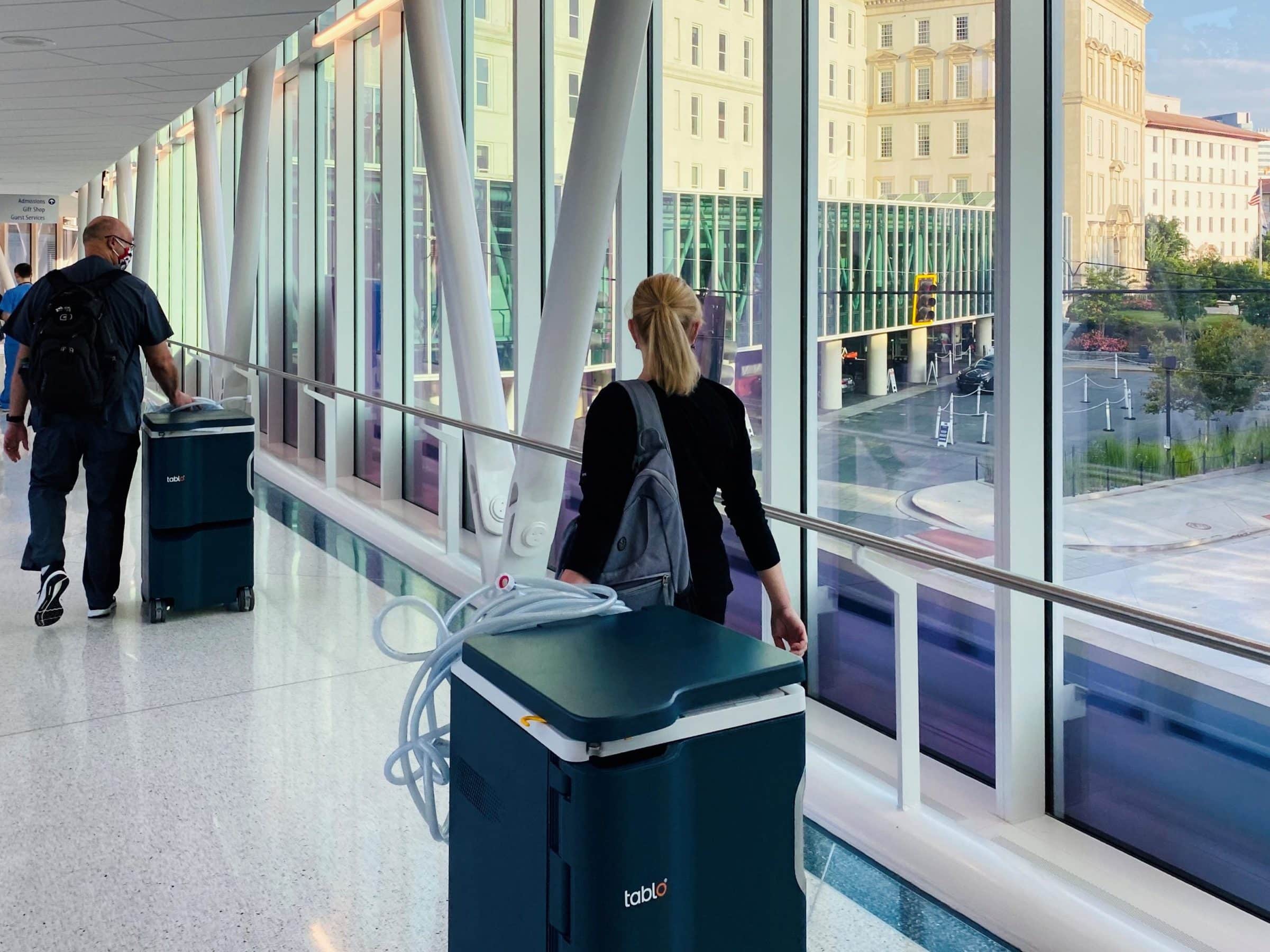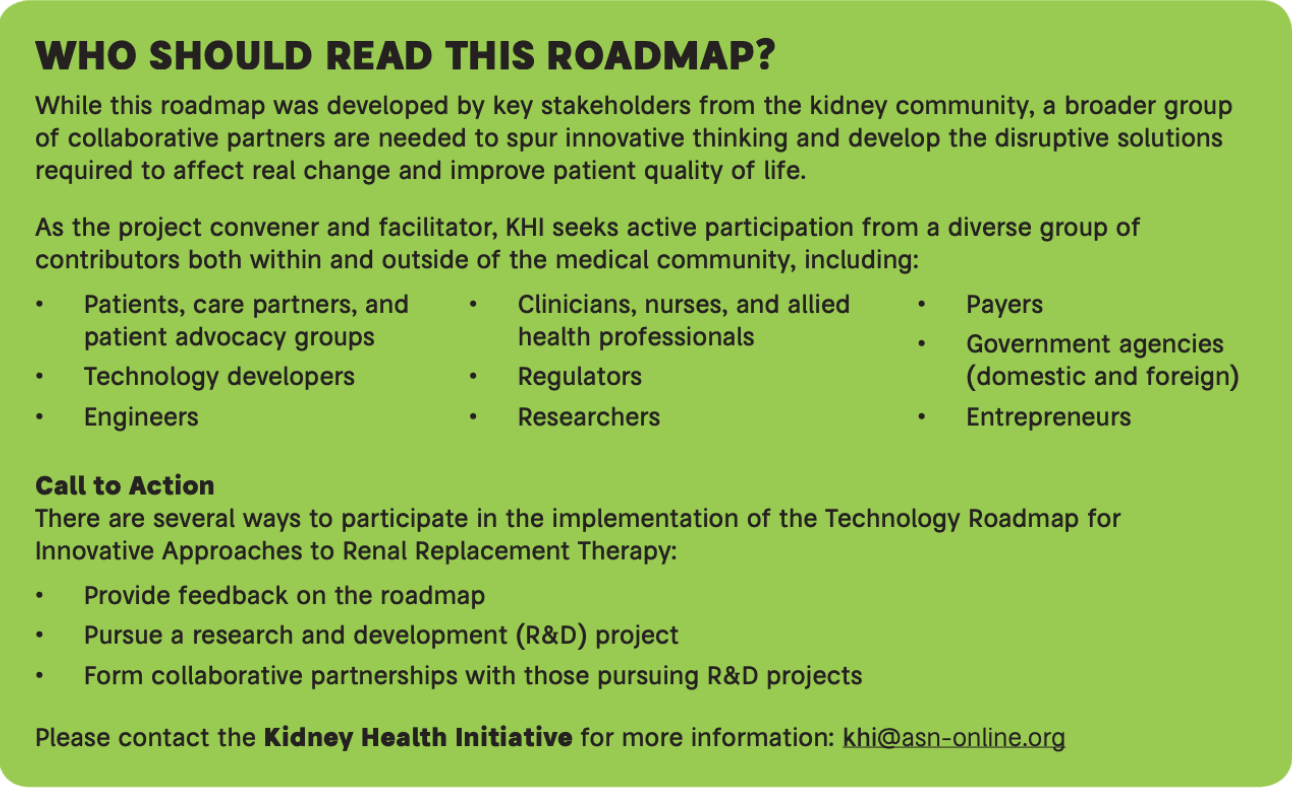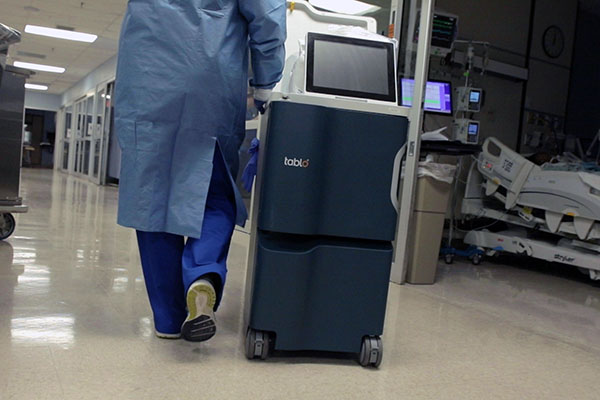A Dialysis Company Thinking Beyond Dialysis
Dean Hu
Sr. Director of Innovation and Research

Many years ago when I was first considering joining Outset, one of my immediate (and retrospectively, naive) objections was, “A dialysis machine? Huh? I’m sure that an artificial kidney is right around the corner that will make everything this company is doing irrelevant.” Well, against that part of my judgment, I joined the company anyway, and realized I was wrong. But lately, I’ve also realized another thing that I was wrong about, namely why I was wrong.
You see, the technological and biological challenges of building a functional implantable artificial kidney, or even a wearable artificial kidney, certainly are not trivial. On the surface, it’s easy to think that solving these problems are beyond humanity’s technical capability at the moment, and that’s why the vast majority of dialysis patients are being treated with machines and clinics that have barely crept forward in the past 50 years. But that’s not the whole picture.
Lack of innovation in kidney solutions
We’re used to seeing human progress move forward very quickly. Computers the size of rooms have been replaced by handheld phones with vastly more computing power in the span of a few decades. In medicine, so many innovators are doing phenomenal things, improving patient care and pushing into boundaries that were once the realm of science fiction. But, here’s the thing about innovation – it responds to incentives.
In dialysis, market domination and misguided reimbursement models have hugely de-incentivized innovation compared to other areas in medtech. If you are an innovator or investor, why would you spend your time and resources chasing the treatment of kidney failure, where margins are so low, customers so few, reimbursement models so hard to break into and successful precedents so sparse?
Investment in renal innovations
Transformative change is possible in the kidney care space and it is direly needed. While dialysis has extended countless lives, we need to think about a future beyond dialysis as we know it today. A durable, fully implantable mechanical, bioartificial or regenerated kidney would be an ideal end goal. But the reality of this goal, as well as the incremental technology steps needed to get there, is that it will require enormous amounts of capital investment. Specifically, investment in development, testing and scalability of new, highly complex biomedical technology. Investment which will need to largely come from the private sector.
Taken as a group, venture capitalists, hedge funds and other healthcare investors operate largely by pattern recognition.They are attracted to spaces where they themselves, or others, have had successful investments in the past. That’s why we see so many new innovations coming to market on an almost monthly basis in areas such as cardiovascular and orthopedic devices, where innovation is the norm, which drives more and more innovation in a virtuous cycle.
This is one of the reasons why what Outset is doing is so important to the future of renal innovation, beyond dialysis. For potential investors, listing and analyzing analogous past successes is one of the most important parts of a successful pitch. As one of the very few companies in this space that has successfully raised a significant amount of capital, a lot of cautiously optimistic eyes are turned towards us, curious for the outcomes of several important questions. Can we change entrenched behavior in a stagnant space? Can we drive widespread adoption of a new technology? Can we deliver on the promise of improved outcomes for our patients, creating value for our customers and for the investors that put their faith in us and our ideas?
If, in the future, we can look back and answer yes to these questions, on-the-fence investors looking to dip their toes into the kidney space will have one less critical objection to the lack of successful precedents.
Mission: Redesign dialysis
For now though, what does it take to get there? Let’s start with Tablo. On the one hand, it’s clearly not an implantable artificial kidney. On the other hand, perhaps more important than the actual technology itself, are the mindset shifts that the technology represents.
The first of these mindset shifts, primarily the domain of dialysis providers, is enabled by the all-in-one flexibility of Tablo, which breaks the traditional link between dialysis and the need for water purification infrastructure. This massively opens up the envelope of where, when, and who can deliver dialysis therapy.
The second mindset shift has to do with the patients themselves, who traditionally have been simply passive recipients of care, which is arguably (if not intuitively) not to their advantage. A sense of control, agency and ownership of one’s therapeutic care has been shown in many different areas to improve outcomes, and dialysis is no different.
With Tablo, patient empowerment starts with the built-in sensor-based automation and the system’s ease of use, which supports patients’ abilities to set up and monitor their treatments in self-care settings. Eventually, personalized insights delivered through the device’s data and analytics ecosystem will further equip dialysis patients to be active participants in the decision-making aspects of their care.
In our view, catalyzing these mindset shifts is the first step on the road towards programmatic transformation.
KidneyX and the Advancing Kidney Health Initiative
Outset is not alone in this. Most recently, with the launch of KidneyX and the Advancing American Kidney Health Executive Order, these problems are starting to get the focus of the highest levels of government (and not just in the US). Clarifying regulatory pathways and updating reimbursement policies to focus on improved outcomes will both be boons for kidney innovation.
Still, I think the best hope lies with innovators – those with the ideas that will change the world, but not necessarily the resources to bring them forth (yet). The funding provided by prizes such as the Redesign Dialysis Prize is certainly a great start. But what KidneyX and other similar accelerator organizations can also supply beyond just dollars — and arguably much more important — is community and connections.
Reaching a world beyond dialysis will require a broad range of the best ideas and resources, and no one person, team or organization has them all. Documents such as the Kidney Health Initiative (KHI) Renal Replacement Therapy Roadmap can be valuable tools to help align efforts across organizations and across the world.
REQUEST A DEMO
Get in touch with us! We’d love to show off Tablo and learn more about your dialysis program.

Among innovators, who may look like competitors on the surface, how might we work together in ways that make us more than the sum of our parts? Here at Outset, we want to be part of that. We’ve already started a number of collaborations that have grown out of our involvement with the KidneyX community, and we are very excited to see where they lead.
Future vision and collaborations
So, circling back to my doubts before joining this company, what was it that I was wrong about? Why was I wrong? Three main reasons:
- I had assumed that technology, particularly in the kidney space, would unrelentingly move forward, and quickly. What I’ve realized is that the chances of, and the timing of that happening — the emergence and adoption of technology that supersedes where we are today — actually depends a lot on how successful Tablo becomes.
- The idea that when an artificial kidney comes, it would be a terrible thing for Outset Medical — that’s also where I was wrong. In fact, that’s the ultimate goal we want to be working towards. Our mission is to make life better for people with end stage kidney disease. So right now, we’re leading with a technology solution to make dialysis better. But we want to support innovative technologies that will go further, even if they pave the way to a future where dialysis is no longer the best tool that we have.
- This ‘future beyond dialysis’ still would not be one where Tablo or Outset is irrelevant. Rather, through building bridges and leading successful change, we bring this future closer into being.

